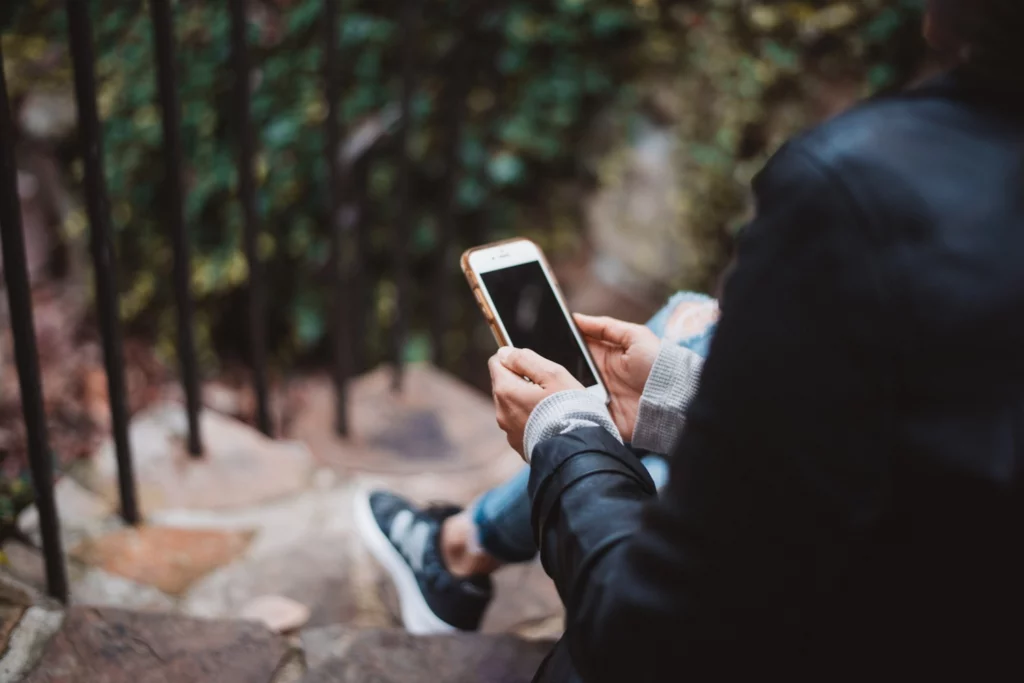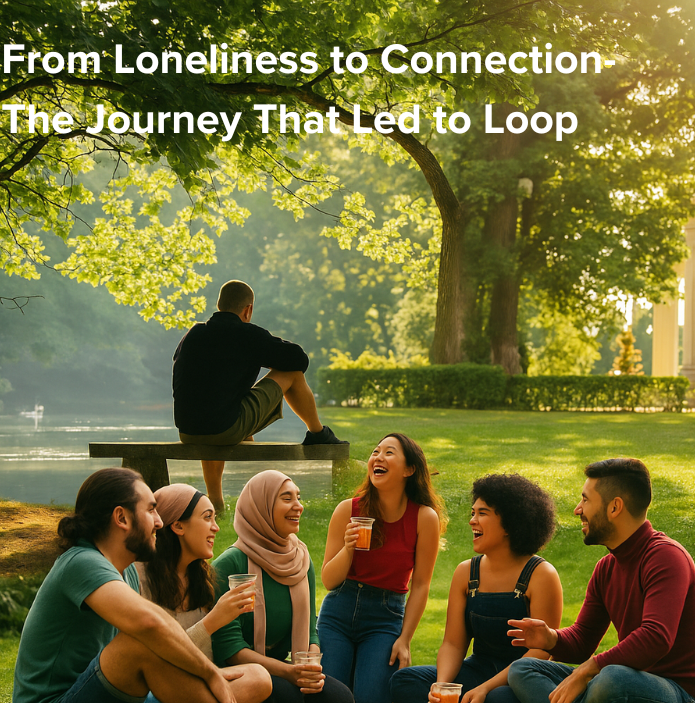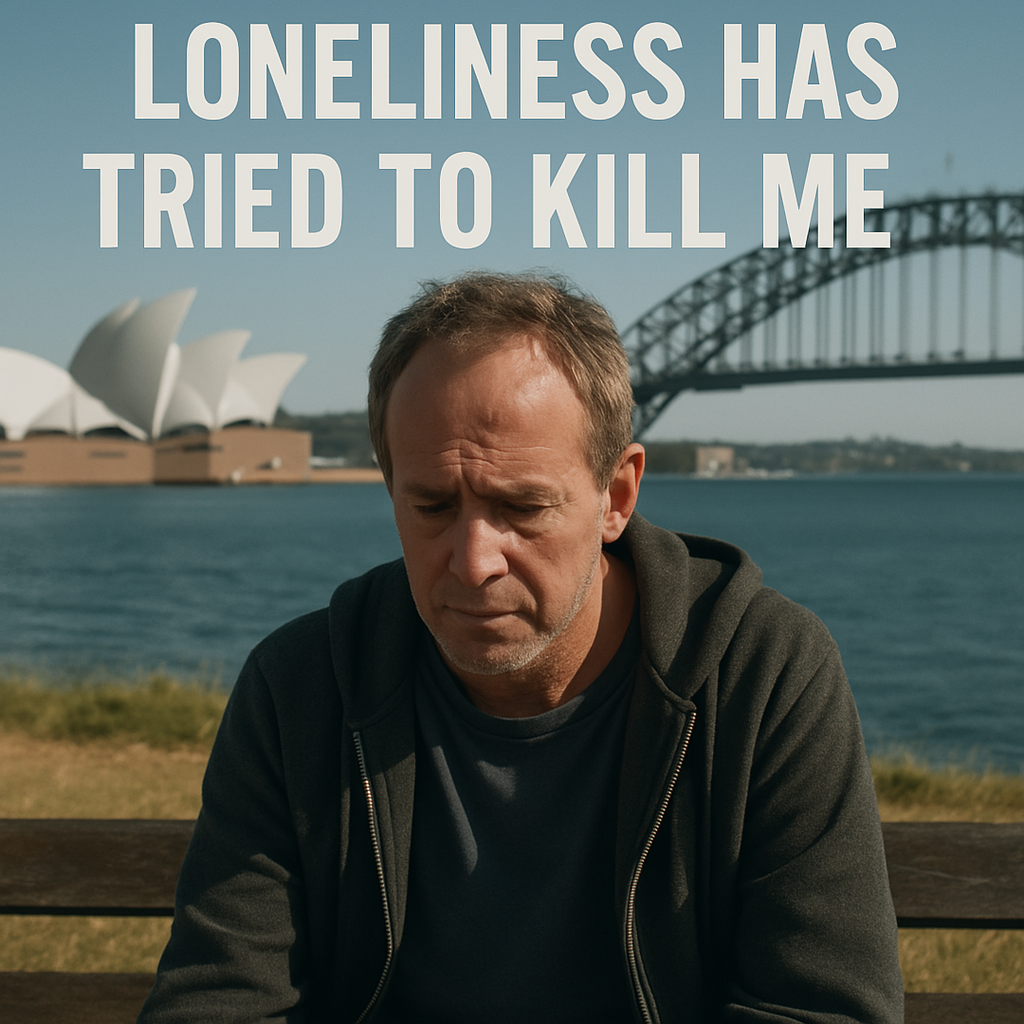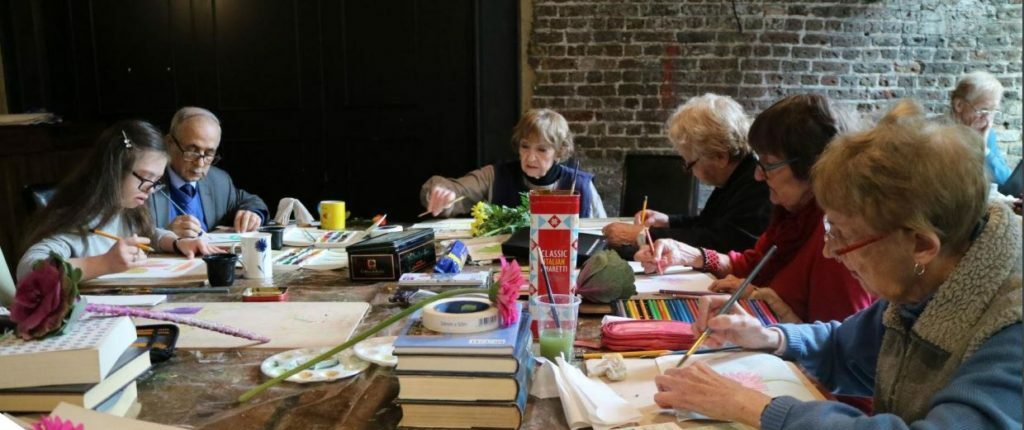Learning from the Building Connections Fund

Thomas Abrams, Senior Consultant at NPC, shares some good practice insights from the Building Connections Fund, with a particular focus on complementing online delivery with face-to-face delivery.

Moving in-person delivery online
When the first lockdown hit, there was an impressive shift amongst loneliness services to move online. We saw this first hand with our work on the Building Connections Fund – the first ever cross government fund dedicated to reducing loneliness in England, delivered in partnership with The National Lottery Community Fund and the Co-op Foundation. Almost all of the 126 grantees moved their services online, or started new remote services within the first couple months. This provided a critical lifeline to so many service users when there was no alternative.
We collated best practice, captured and shared tips and learning for shifting to digital delivery in a live document and worked with grant holders to test and build on it. The big lessons learned were:
- Help service users increase their engagement with online activities and offer choice to meet different service users’ needs.
- Ensure support is consistent and reliable, with healthy relationships between staff and users and regular support to create trust and reassurance.
- Work together with local organisations to avoid duplication.
- Put appropriate safeguarding and privacy measures in place.
- Respond to changing user needs during different lockdowns or social distancing restrictions.
As the first lockdown began to ease, organisations tentatively started dipping their toes back into face-to-face delivery by blending approaches. But they were struggling to know how best to balance face-to-face and remote delivery and anticipate service users’ preferences. Of course, we’ve heard a lot about the advantages that come with online delivery, such as allowing people from further afield or with reduced mobility to participate easily, and for activities to be able go ahead rain or shine.
However, we also heard that online delivery cannot, and should not, totally replace face-to-face delivery. Not only can digital exclusion make people who are already disconnected feel more disconnected, but as highlighted in Promising Approaches, one-to-one and group connections are central to tackling loneliness.
A blended approach to delivery
In an increasingly digital future where more lockdowns are a possibility, organisations need to blend approaches flexibly and responsively. Different approaches naturally suit different people at different times – and we heard that offering a choice is critical.
The best way for existing services to understand how to strike the right balance won’t be surprising to frontline practitioners: it’s by talking to their service users and understanding their needs, preferences, and concerns. Working with the fund’s grantees, we developed a simple three-step framework for collecting feedback to inform such important decisions:
- Work out what information you need. You may find it helpful to prioritise collecting user, engagement, and feedback data. This data will be easier and quicker to collect and will be useful for short-term decision-making.
- Work out if it is possible to collect that data. As well as thinking about what kind of data to collect and how to collect it, you also need to consider whether this is appropriate or possible.
- Work out how that data can be best used. You will need to consider how to best make use of it, by analysing and interpreting your results and then integrating data into delivery decisions.
To ensure support for service users is consistent and reliable, organisations need to work with their service users, continually gather feedback from them, testing solutions, and implementing changes to adapt responsively in times of uncertainty.




@LSnelders